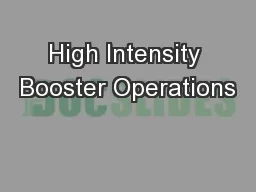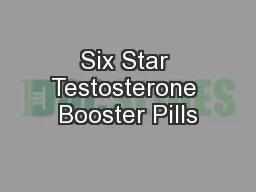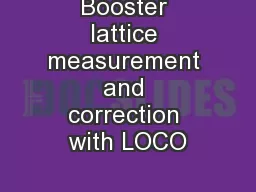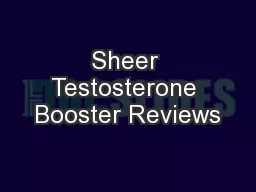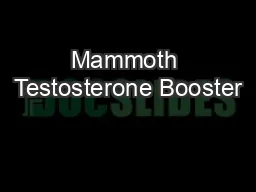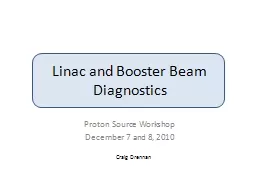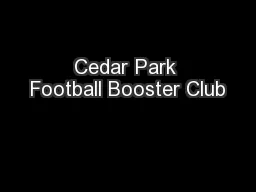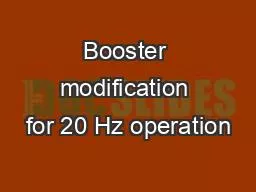PPT-High Intensity Booster Operations
Author : mitsue-stanley | Published Date : 2018-09-25
William Pellico Booster Beam Physics Workshop Nov 23rd 2015 Outline Overview of present Booster Booster beam demands Ramp up of Booster Loss profile time and locations
Presentation Embed Code
Download Presentation
Download Presentation The PPT/PDF document "High Intensity Booster Operations" is the property of its rightful owner. Permission is granted to download and print the materials on this website for personal, non-commercial use only, and to display it on your personal computer provided you do not modify the materials and that you retain all copyright notices contained in the materials. By downloading content from our website, you accept the terms of this agreement.
High Intensity Booster Operations: Transcript
Download Rules Of Document
"High Intensity Booster Operations"The content belongs to its owner. You may download and print it for personal use, without modification, and keep all copyright notices. By downloading, you agree to these terms.
Related Documents

